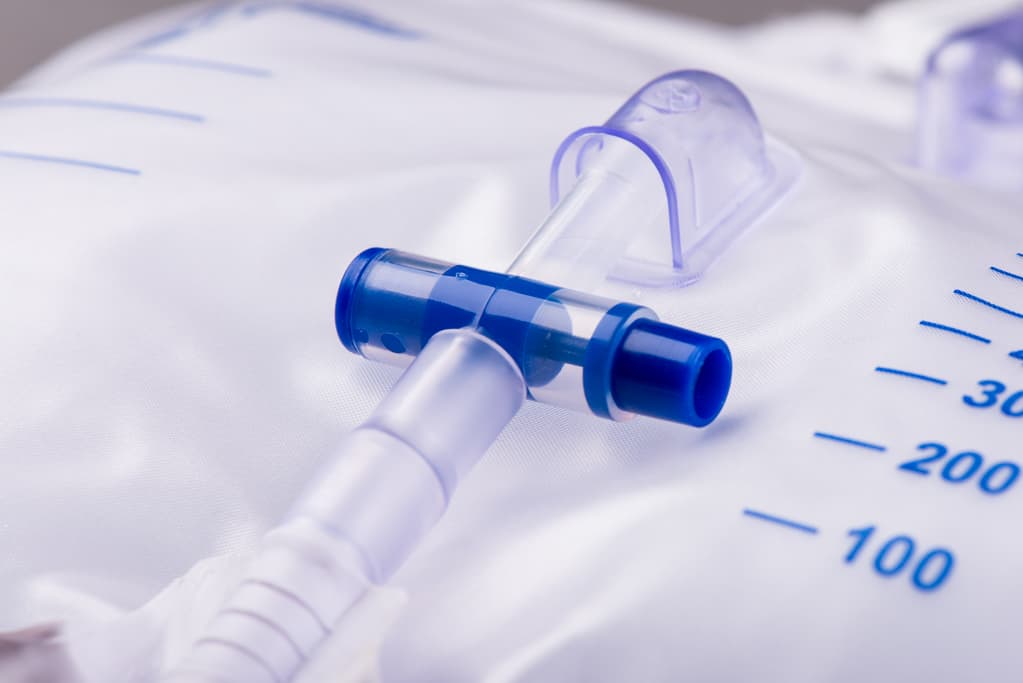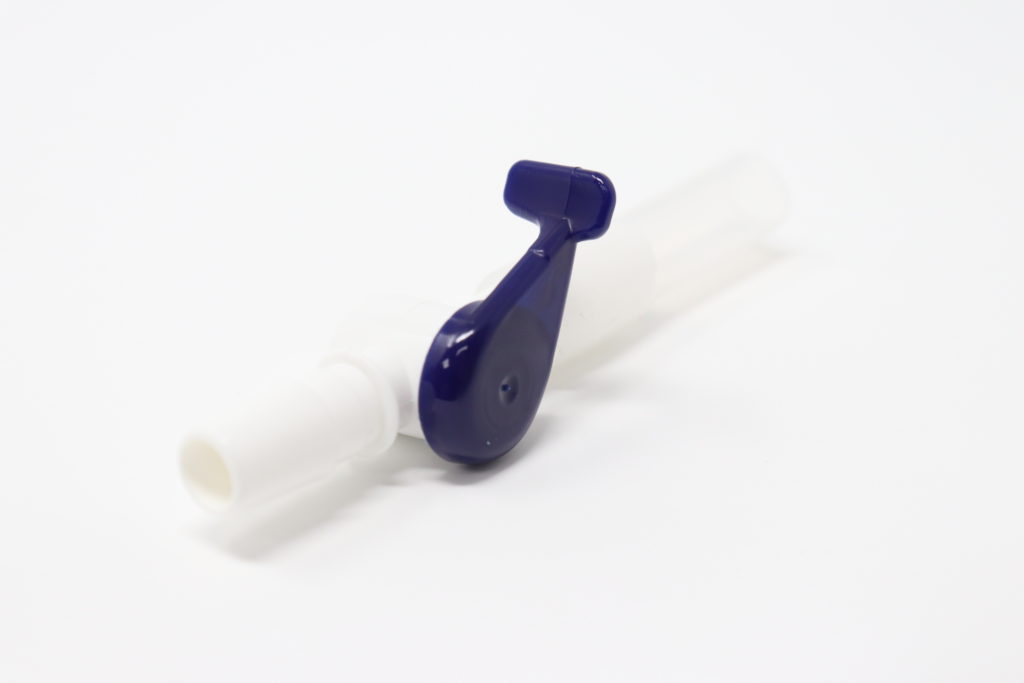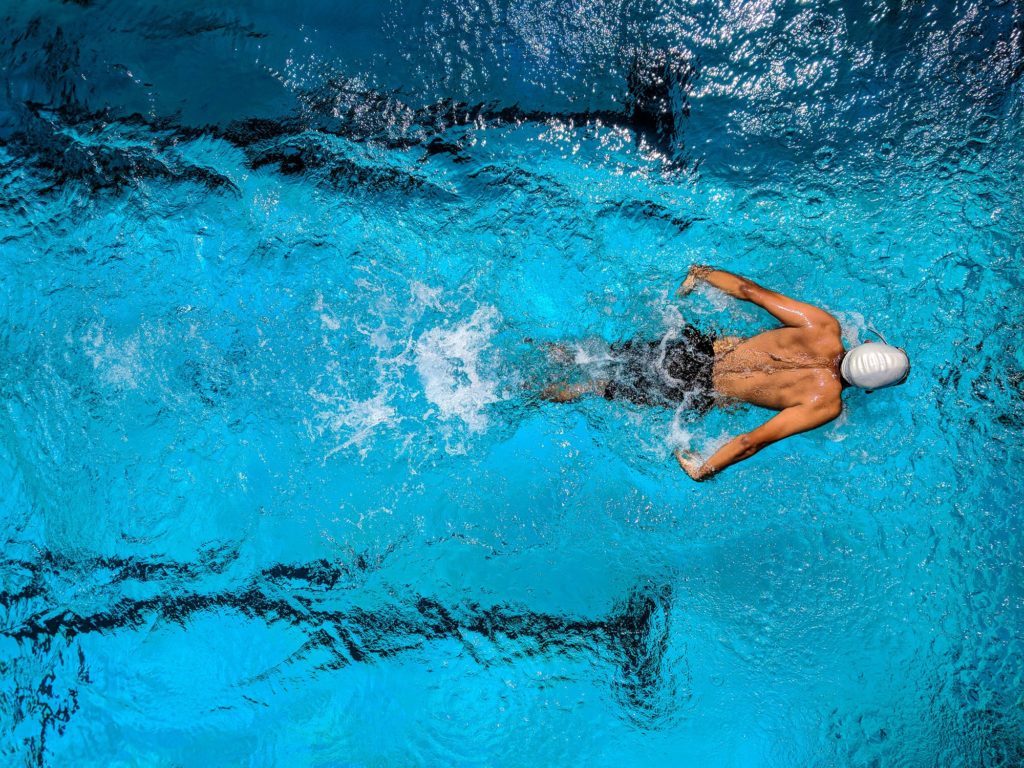How to choose a leg bag
There are many things to consider when choosing a leg bag. The aim of this blog is to help you in your decision making and explain the various choice at your disposal. Not all leg bags are the same. When choosing a leg bag, you should be aware of some of the variations available to you. Size Leg bags tend to come in 3 different capacities: 350ml, 500ml and 750ml. The best bag for you will depend on your own urine output and lifestyle choices. Some patients prefer the large capacity of the 750ml leg bag, allowing them to go longer without emptying their leg bag. Other patients like the compact size of the 350ml leg bag. It’s best to start with the common 500ml leg bag and then try larger or smaller sizes to see what works best. If you are caring for a child, smaller ‘Panda’ bags are available in 100ml or 200 ml sizes from LINC Medical. These are specifically designed with children in mind. Tubing Length LINC Medical Bags come in 4 tubing lengths: a. Direct For patients who are smaller in size or wish to keep their leg bag positioned on their upper thigh. b.…
Read More






